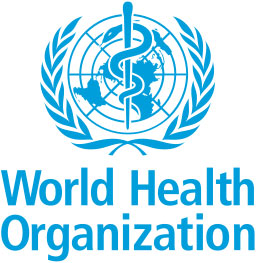

Mitigating risk of failure is one of the most important disciplines to perform for medical device manufacturers, and for the last couple of years, it has become an increasingly difficult discipline to master.

Mitigating risk of failure is one of the most important disciplines to perform for medical device manufacturers, and for the last couple of years, it has become an increasingly difficult discipline to master.

More than 300 scientists will consider the evidence on over 25 virus families and bacteria—as well as “Disease X” (an unknown pathogen that could cause a serious international epidemic)—and recommend a list of priority pathogens that need further research and investment.

Neurosurgeons Adel Malek, M.D., Ph.D., and Carl Heilman, M.D., were recognized for their eShunt System, which is the first minimally invasive treatment for communicating hydrocephalus.

By applying HFE principles early on, packaging design can evolve beyond usability evaluations in product development cycles to ultimately ensure a better user experience and safe execution.

There is an increased need to foster effective and improved dynamics between people, processes, knowledge and technology to generate an output of safety. “Nudges,” which can help optimize choices by encouraging safer and healthier behaviors, are a promising option.

Life sciences companies have a lot of factors to consider when it comes to labeling. Understanding the global labeling regulations for patient safety and how enterprise labeling solutions can help companies achieve compliance while assuring speed to market, and labeling system validation and auditability, can save resources and reduce costly errors.

Next-generation, predictive analytic patient monitoring lowers healthcare costs, improves clinical outcomes and enhances the patient experience in hospital-at-home, post-acute care and chronic care management.

You’d think there’s not much to the concept of an alarm. A warning sounds in a room, or a red light flashes, and it has your attention. You know something must be wrong. But in a setting where a cacophony of alarming lights and sounds beset healthcare workers on a regular basis, these essential systems become increasingly easy to miss or ignore.

The long-awaited part 23 of ISO 10993, the series of standards governing Biological Evaluation of Medical Devices, was published in January 2021. It was the first to introduce validated methods for in-vitro irritation tests. This article reviews the latest developments and identifies the cases in which manufacturers can avoid animal experiments.

Building fruitful development partnerships between companies, governments and researchers will enable the most promising and impactful deployments in healthcare.